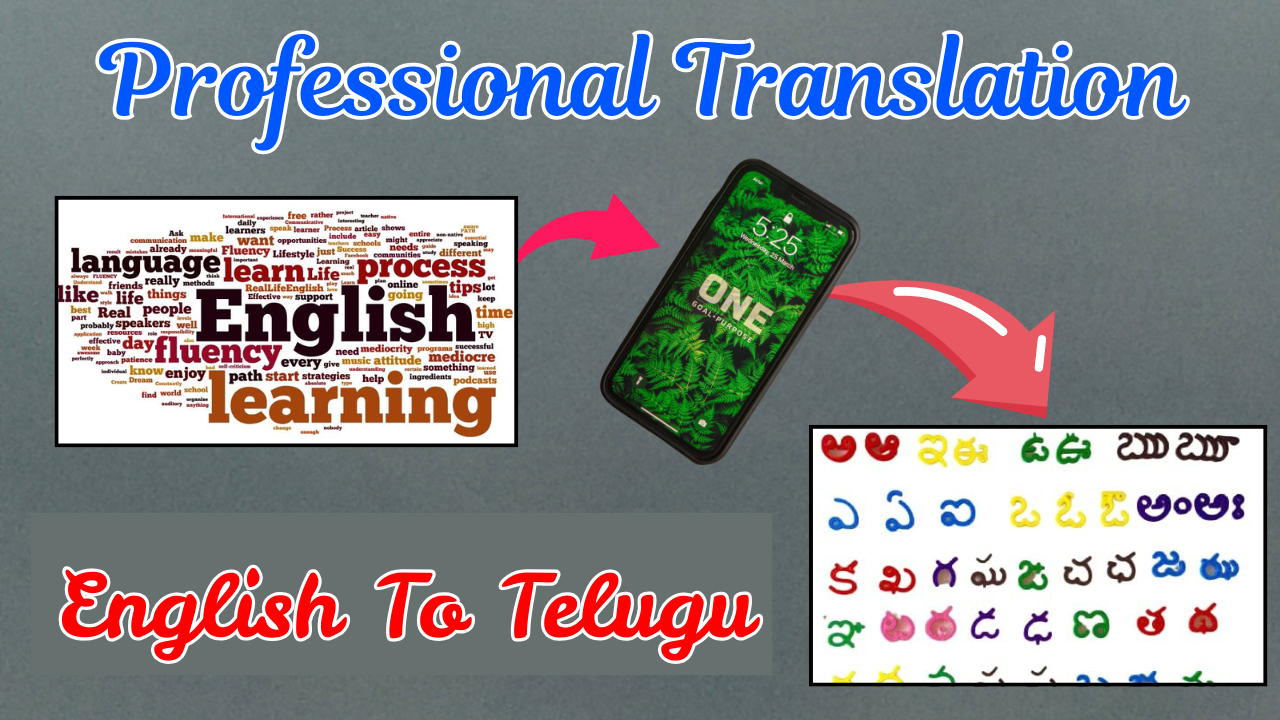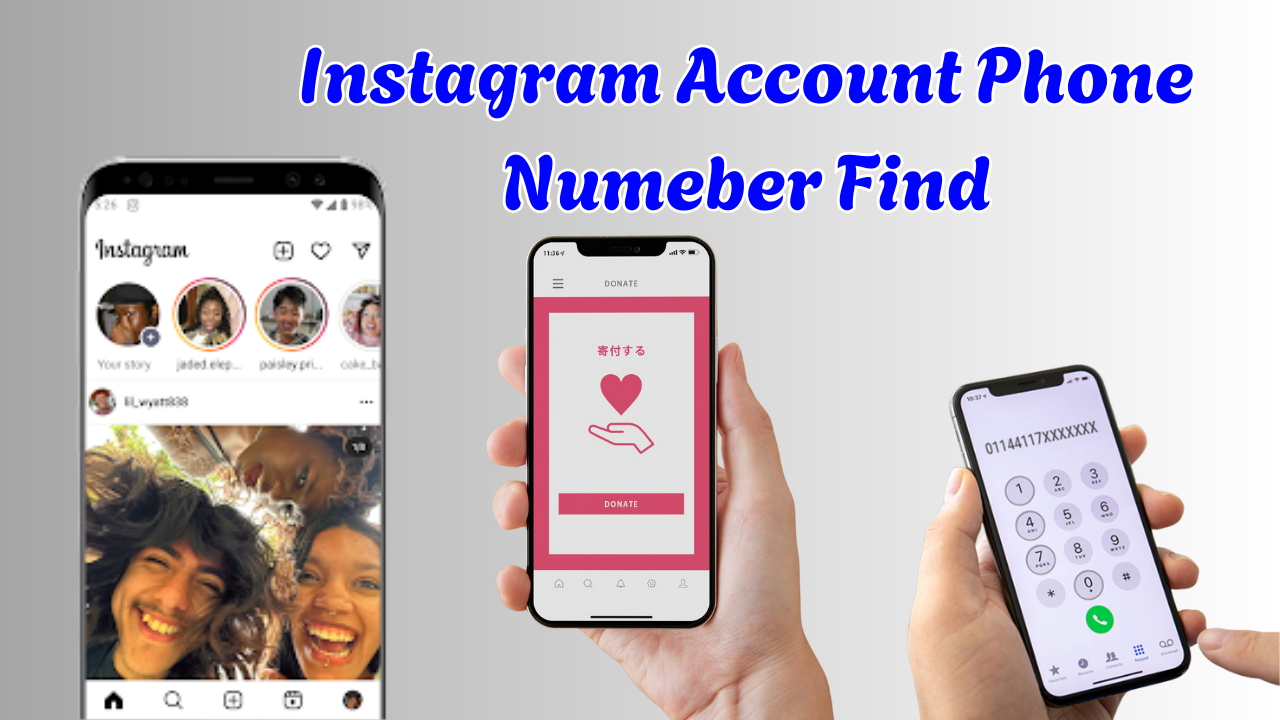Introduction to Language Translation
Language is a powerful tool that bridges communication between people from different cultures. English, being one of the most widely spoken languages in the world, often needs to be translated into regional languages such as Tamil for better understanding, cultural relevance, and wider reach. Tamil, one of the oldest classical languages, holds a rich heritage and is spoken by millions of people, primarily in Tamil Nadu and Sri Lanka.
Importance of English to Tamil Translation
Translating content from English to Tamil is vital in many fields including education, business, government, media, and literature. It ensures that Tamil-speaking audiences can access information, services, and products in their native language, which leads to more effective communication and deeper connection. It also preserves the cultural identity of the audience by presenting information in a context they understand and relate to.
Challenges in Translation
Translation is not a mere word-to-word conversion. One of the major challenges in English to Tamil translation is maintaining the original meaning, tone, and cultural context. Certain English phrases or idioms may not have direct Tamil equivalents. The translator must creatively convey the essence of the message without distorting its meaning. Additionally, grammatical structure differs significantly between English and Tamil, which requires skilled adaptation.
Qualities of a Professional Translator
A professional English to Tamil translator should possess fluency in both languages, a deep understanding of grammar, vocabulary, and idiomatic expressions, and a sensitivity to cultural nuances. They must also have the ability to choose appropriate words that suit the tone of the content, whether it is formal, informal, technical, or literary. Attention to detail and proofreading are essential to ensure the final translation is accurate and error-free.
Applications of English to Tamil Translation
English to Tamil translation is used in a wide range of sectors. In education, textbooks and study materials are often translated to help Tamil medium students grasp difficult concepts. In business, companies translate product manuals, advertisements, and websites to reach Tamil-speaking customers. Legal and medical documents are also frequently translated to ensure clarity and compliance. In media, subtitles for movies, TV shows, and YouTube videos are translated to enhance viewer engagement.
Role of Technology in Translation
Modern technology has made translation more accessible and efficient. Tools such as Google Translate, AI-based software, and computer-assisted translation (CAT) tools help translators in their work. However, while these tools provide a base translation, they often lack accuracy and cannot fully understand cultural or contextual nuances. Human expertise remains irreplaceable when it comes to delivering high-quality, natural-sounding translations.
Literary Translation and Cultural Significance
Translating English literature, poems, or philosophical works into Tamil opens doors to a treasure trove of global knowledge for Tamil readers. It promotes cultural exchange and allows Tamil audiences to enjoy global stories in their own language. At the same time, it preserves the style and emotion of the original content, making it accessible without losing its artistic value.
The Demand for Certified Translators
Many sectors, especially legal and immigration services, require certified translations. A certified English to Tamil translator not only ensures linguistic accuracy but also adheres to official guidelines. Their work is often used for court proceedings, visa applications, and government communications, where accuracy is critical and even a small error can lead to serious consequences.
Freelance vs. Agency Translation
Individuals or businesses looking for translation services can choose between freelance translators or professional translation agencies. Freelancers may offer competitive pricing and flexibility, while agencies often have a team of experts, standardized processes, and quality assurance systems in place. The choice depends on the complexity, deadline, and budget of the project.
Translation for Digital Content
As digital content continues to grow, so does the need for English to Tamil translation in blogs, e-commerce platforms, apps, and social media. Translating such content not only increases visibility among Tamil-speaking audiences but also improves SEO and user engagement.
How to Choose the Right Translator
Choosing the right translator is crucial for ensuring quality and effectiveness. It is important to check their language proficiency, portfolio, domain expertise, and client feedback. A test translation or sample work can be requested before assigning a larger project.





